Global Food Safety Testing Market Summary
As per MRFR analysis, the Food Safety Testing Market was estimated at 19.37 USD Billion in 2024. The Food Safety Testing industry is projected to grow from 20.75 USD Billion in 2025 to 41.2 USD Billion by 2035, exhibiting a compound annual growth rate (CAGR) of 7.1 during the forecast period 2025 - 2035.
Key Market Trends & Highlights
The Food Safety Testing Market is experiencing robust growth driven by technological advancements and increasing consumer awareness.
- North America remains the largest market for food safety testing, driven by stringent regulatory compliance and consumer demand.
- The Asia-Pacific region is emerging as the fastest-growing market, reflecting a rising focus on food safety standards and practices.
- Pathogen testing continues to dominate the market, while pesticide testing is rapidly gaining traction due to heightened consumer concerns.
- Key drivers include the rising incidence of foodborne illnesses and technological innovations in testing methods, which are shaping market dynamics.
Market Size & Forecast
| 2024 Market Size | 19.37 (USD Billion) |
| 2035 Market Size | 41.2 (USD Billion) |
| CAGR (2025 - 2035) | 7.1% |
Major Players
Eurofins Scientific (FR), SGS SA (CH), Intertek Group plc (GB), Bureau Veritas (FR), TÜV SÜD AG (DE), Mérieux Nutrisciences (FR), ALS Limited (AU), Neogen Corporation (US), Food Safety Net Services (US), Romer Labs (AT)


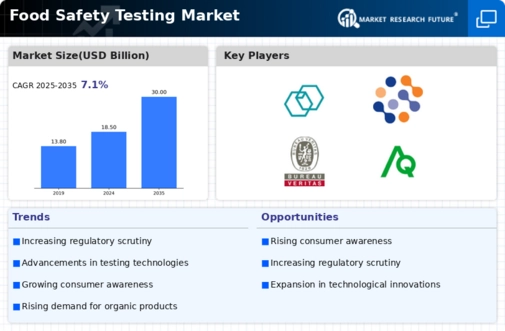


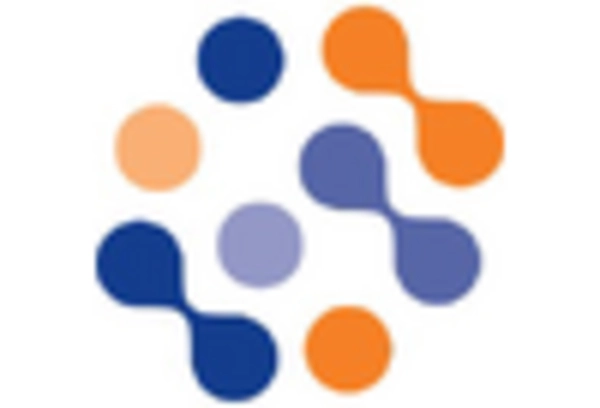
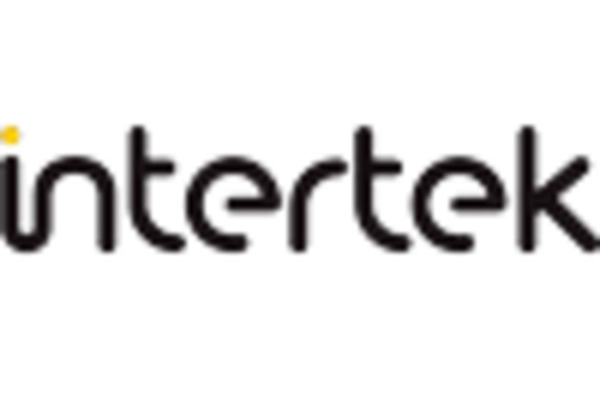
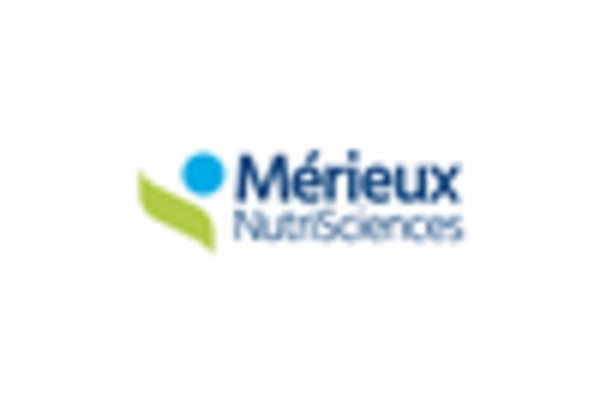
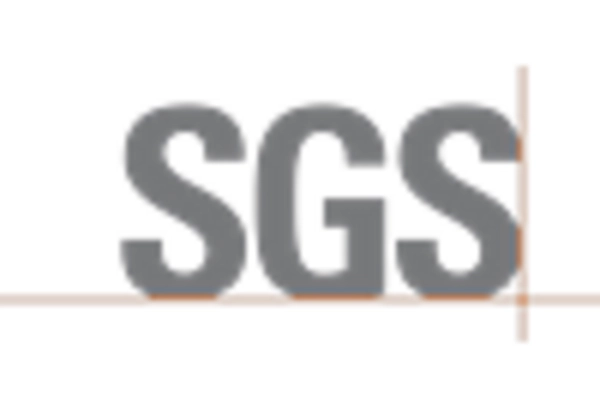









Leave a Comment